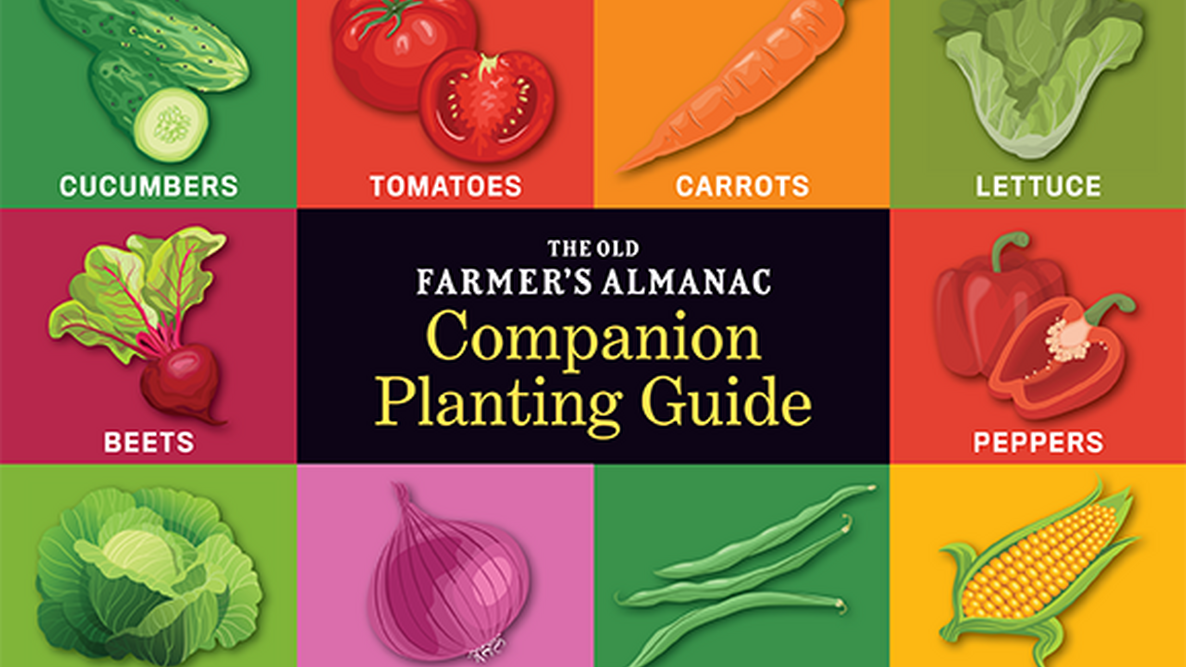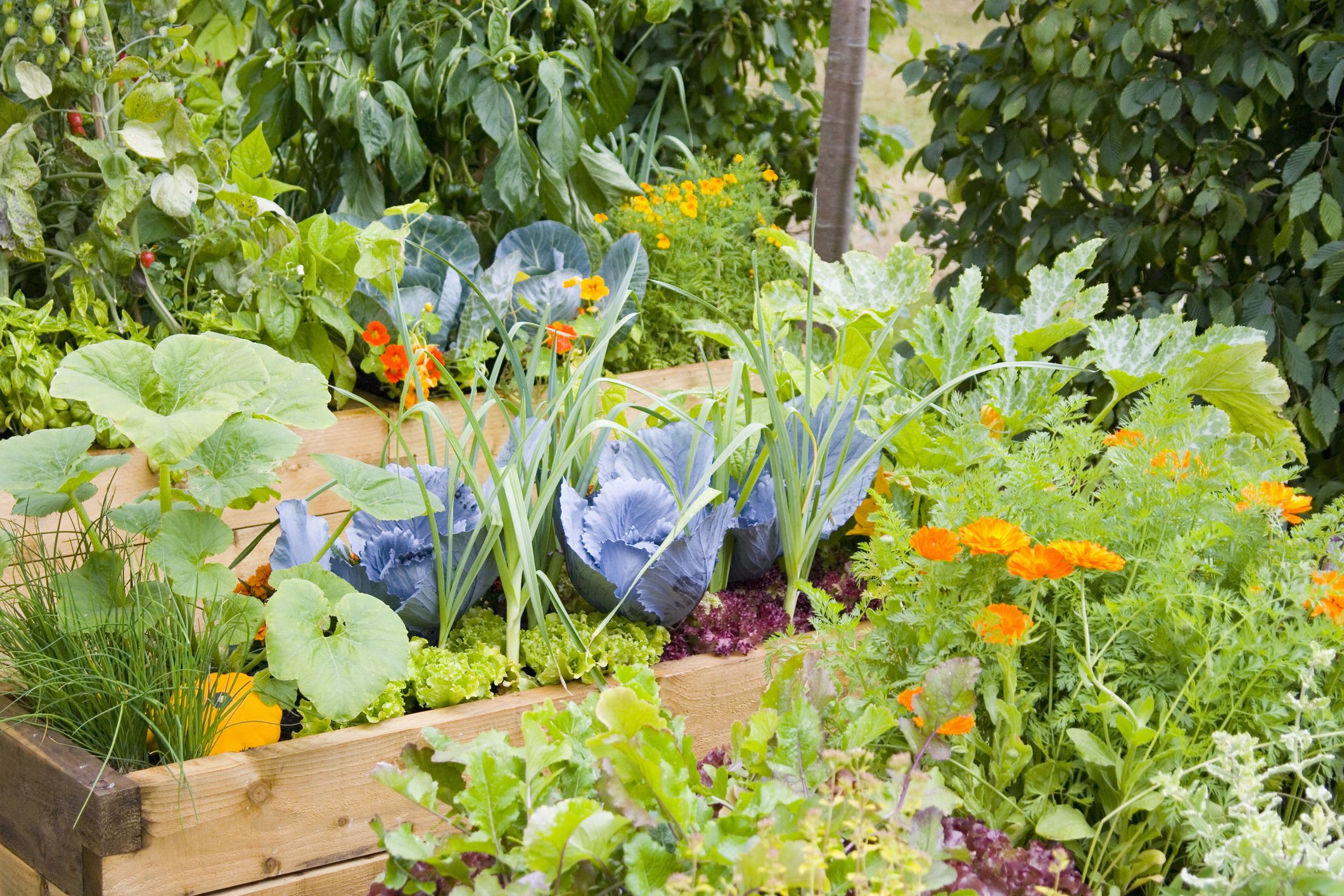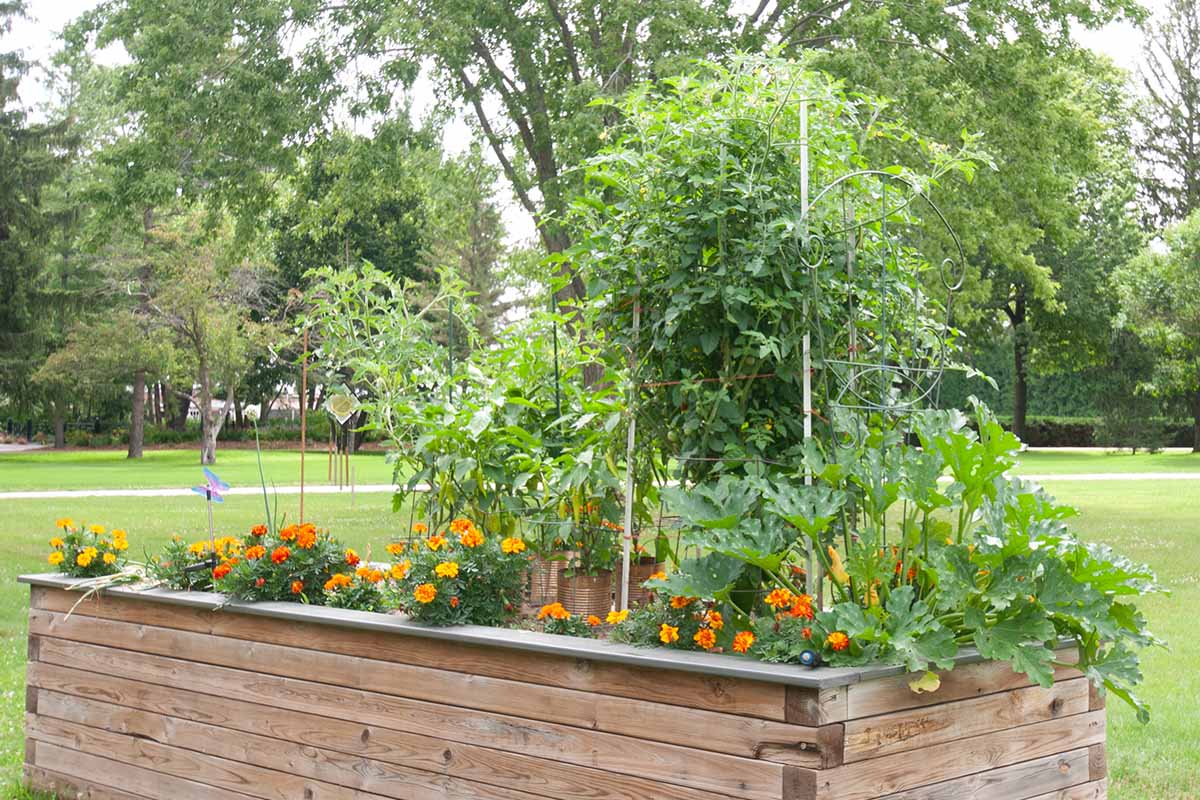The Ultimate Guide To Companion Planting
The Ultimate Guide to Companion Planting
Companion planting is a gardening practice that involves planting certain plants together to benefit each other. Companion plants can attract beneficial insects, deter pests, improve soil quality, and even increase crop yields.
There are many different companion planting combinations that you can try, but some of the most popular include:
- Marigolds and tomatoes: Marigolds help to repel nematodes, which can damage tomato plants.
- Beans and corn: Beans fix nitrogen in the soil, which corn can use. Corn provides shade for the beans, which helps to keep them cool and prevent them from bolting.
- Carrots and onions: Onions help to repel carrot flies, which can damage carrot plants.
- Lettuce and nasturtiums: Nasturtiums help to deter aphids, which can damage lettuce plants.
- Peas and radishes: Radishes help to loosen the soil, which peas can benefit from. Peas provide support for radishes, which can help to prevent them from falling over.
These are just a few of the many companion planting combinations that you can try. When choosing companion plants, it is important to consider the needs of the plants involved. For example, you will want to plant plants that have similar water and sunlight requirements together. You will also want to avoid planting plants that compete for nutrients or space.
There are many resources available to help you learn more about companion planting. You can find books, articles, and websites that offer detailed information on companion planting combinations. You can also talk to experienced gardeners in your area to get their recommendations.
With a little planning, you can use companion planting to create a healthy and productive garden.
Main Content
In addition to the benefits mentioned above, companion planting can also:
- Improve air circulation and reduce the risk of diseases.
- Attract pollinators, which help to increase fruit and vegetable yields.
- Improve the overall appearance of your garden.
If you are new to companion planting, it is a good idea to start with a few simple combinations. As you gain more experience, you can experiment with more complex combinations.
Here are some tips for successful companion planting:
- Do your research. Before you plant anything, take some time to research companion planting combinations. There are many resources available to help you, such as books, articles, and websites.
- Pay attention to the needs of your plants. When choosing companion plants, it is important to consider the needs of the plants involved. For example, you will want to plant plants that have similar water and sunlight requirements together.
- Experiment. There is no right or wrong way to companion plant. The best way to find out what works for you is to experiment with different combinations.
- Have fun! Companion planting can be a fun and rewarding way to garden. So relax, enjoy the process, and see what you can create.
Conclusion
Companion planting is a simple, yet effective way to improve the health and productivity of your garden. By planting certain plants together, you can attract beneficial insects, deter pests, improve soil quality, and even increase crop yields.
If you are new to companion planting, start with a few simple combinations and experiment as you gain more experience. With a little planning, you can use companion planting to create a beautiful and productive garden.
Do you want to grow a healthy and productive vegetable garden? If so, you should consider companion planting. Companion planting is the practice of planting certain vegetables together in order to benefit each other. Some vegetables, for example, can attract beneficial insects that help to control pests. Others can improve the soil quality or provide shade for more delicate plants.
There are many different companion planting combinations that you can try. For some ideas, you can visit Gardenia Inspiration. This website has a comprehensive guide to companion planting, including a chart that lists which vegetables are good companions for each other.
In addition to providing information about companion planting, Gardenia Inspiration also has a wealth of other resources for vegetable gardeners. You can find articles on topics such as soil preparation, pest control, and harvesting. There are also videos and tutorials that can help you learn the basics of gardening.
So if you're serious about growing your own vegetables, I encourage you to visit Gardenia Inspiration. This website is a valuable resource for any vegetable gardener, regardless of your experience level.
FAQ of planting vegetables next to each other
null
Image of planting vegetables next to each other
Here are 5 different images of planting vegetables next to each other from Pinterest:
- Carrots and tomatoes. Carrots and tomatoes are a classic companion planting combination. Carrots help to deter pests from tomatoes, while tomatoes help to keep carrots from bolting (flowering).

- Beans and peas. Beans and peas are both legumes, which means they can fix nitrogen in the soil. This means that they can help to fertilize other plants in the garden. Beans and peas can also be planted together because they have similar water and sunlight needs.

- Lettuce and spinach. Lettuce and spinach are both cool-season greens that can be planted together. They have similar water and sunlight needs, and they can help to shade the soil, which can help to suppress weeds.

- Herbs and flowers. Herbs and flowers can be planted together to attract pollinators to the garden. Pollinators are important for helping plants to reproduce, so planting herbs and flowers together can help to improve the yield of your garden.

- Marigolds and tomatoes. Marigolds and tomatoes are another classic companion planting combination. Marigolds help to deter pests from tomatoes, such as aphids, whiteflies, and nematodes.

Post a Comment for "The Ultimate Guide To Companion Planting"